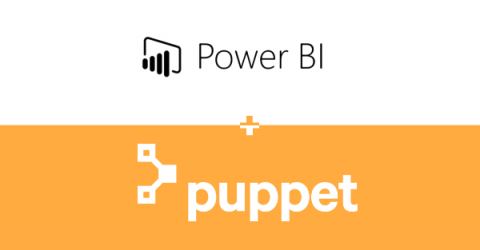Glitch List: June 2020
June was the month where many of us stretched our legs, glad to be out of quarantine — and then immediately went back inside due to fears of a second wave. “One step forward, one step back,” offers an adequate summary of life in a pandemic. It’s also a sentiment that applies to the ongoing challenge in mitigating glitches and outages.











